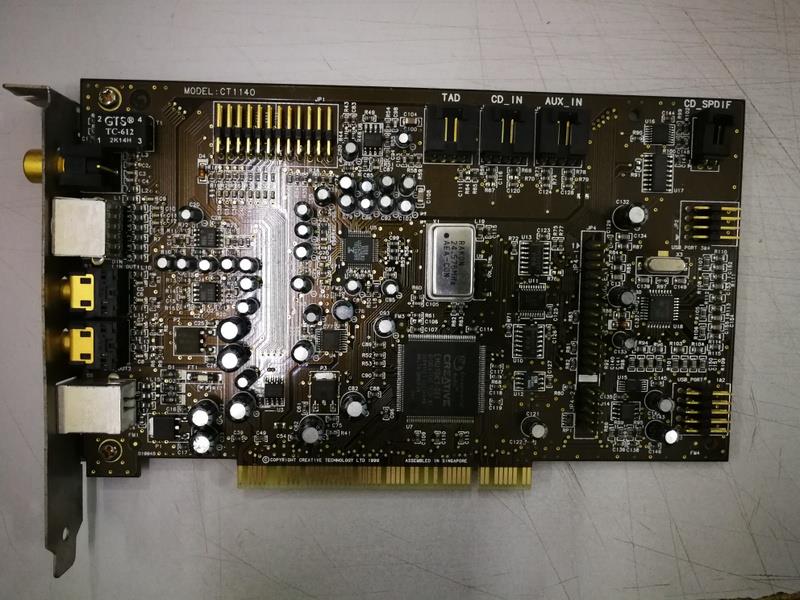Sound Blaster Serial Number
Sound Blaster Serial Numbers. Convert Sound Blaster trail version to full software.
This article needs additional citations for. Unsourced material may be challenged and removed. (December 2008) () Sound Blaster Manufacturer Introduced 1990; 28 years ago ( 1990) Type Consumer The Sound Blaster family of was the for consumer audio on the, until the widespread transition to Microsoft Windows 95, which standardized the programming interface at application level (eliminating the importance of with Sound Blaster), and the evolution in PC design led to onboard motherboard-audio, which PC audio functionality. Ps3 Redeem Code Generator Free on this page. By 1995, Sound Blaster cards had sold over 15 million units worldwide and accounted for seven out of ten sound card sales.
The creator of Sound Blaster is the -based firm, also known by the name of its subsidiary, Creative Labs. Creative Music System sound card The history of Creative started with the release of the Creative Music System ('C/MS') CT-1300 board in August 1987. It contained two circuits, which, together, provided 12 channels of 'bee-in-a-box' stereo sound, 4 channels of which can be used for noise. These circuits were featured earlier in various popular electronics magazines around the world.
For many years Creative tended to use off-the-shelf components and manufacturers' reference designs for their early products. The various integrated circuits had white or black paper stickers fully covering their top thus hiding their identity. On the C/MS board in particular, the Philips chips had white pieces of paper with a fantasy CMS-301 inscription on them: real Creative parts usually had consistent CT number references. Surprisingly, the board also contained a large 40-pin DIP integrated circuit, bearing a CT 1302A CTPL 8708 (Creative Technology Programmable Logic) inscription and looking exactly like the DSP of the later Sound Blaster. This chip allows software to automatically detect the card by certain register reads and writes. Game Blaster [ ] A year later, in 1988, Creative marketed the C/MS via under the name Game Blaster. This card was identical in every way to the precursor C/MS hardware.
Whereas the C/MS package came with five floppy disks full of utilities and song files, Creative supplied only a single floppy with the basic utilities and game patches to allow 's games using the engine to play music with the card and it also included a later revision of the game that added C/MS support. In 2017 hobbyists developed a clone CT1300 PCB. First generation Sound Blasters, 8-bit ISA & MCA cards [ ] Sound Blaster 1.0, CT1310, CT1320A, CT1320B [ ]. Sound Blaster 1.0 (CT1320B); C/MS chips in sockets (labeled U14, U15) are seen.
